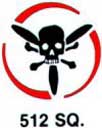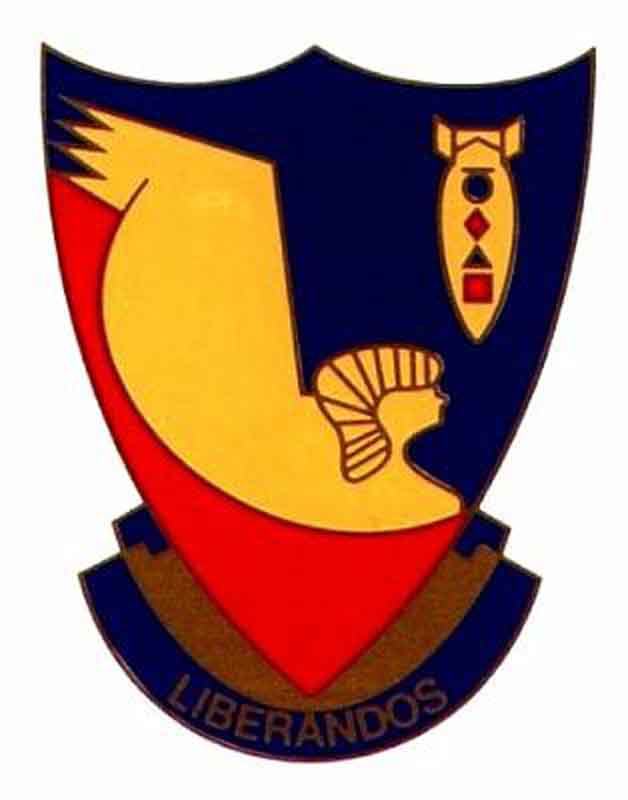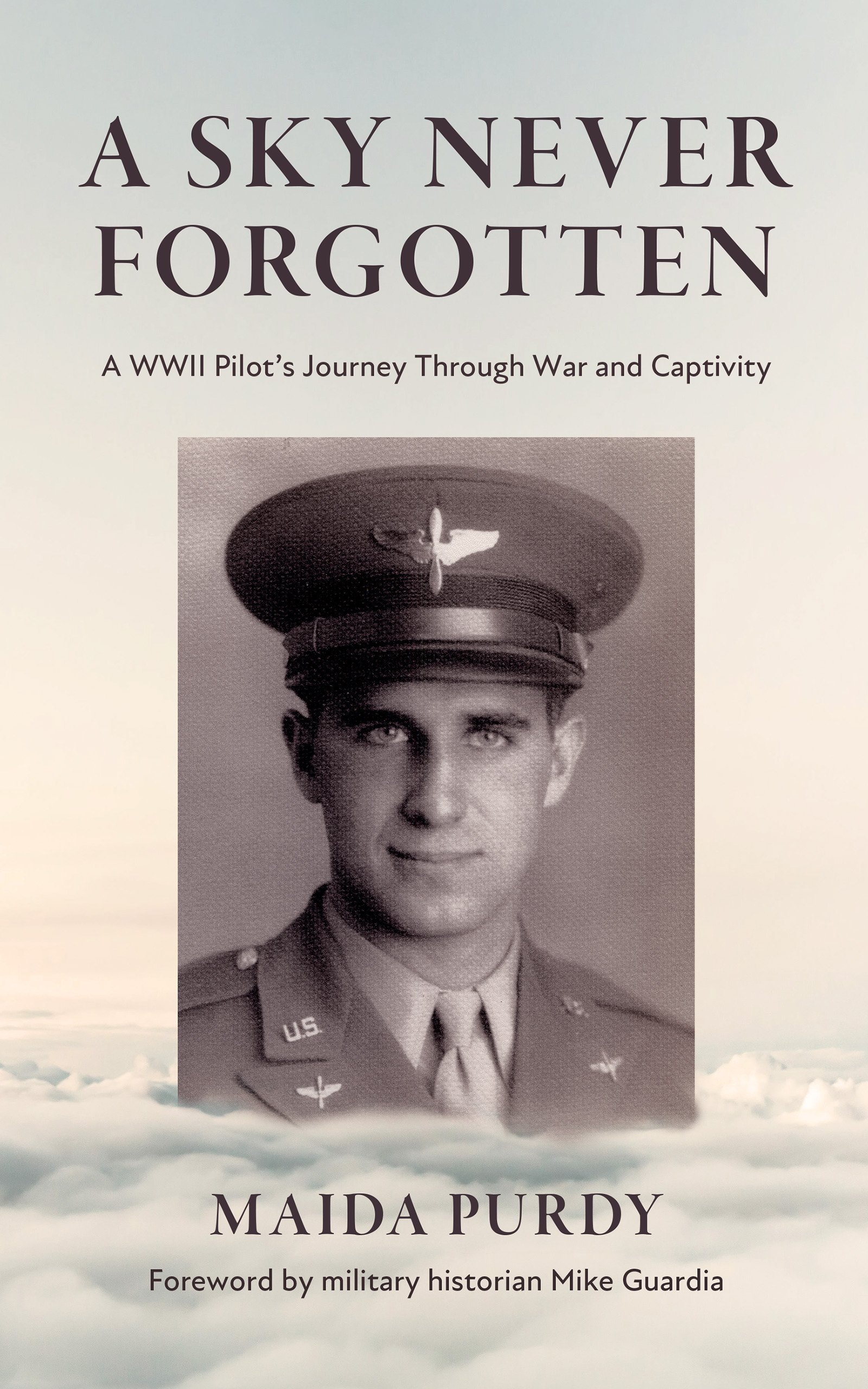Alfred E. Berger
Gunnery School
The initial group that came to Miami Beach was then split up and went various ways according to the testing we bad. A few of us boarded a troop train and headed west across the Mississippi and to Laredo, Texas, which is a border town across the Rio Grande from Mexico.
Laredo Army Air Force Base was an aerial gunnery school, where I would spend six weeks. Until school started we would fall out every morning to be assigned to details, which could be anything from KP to sifting dirt which was used for landscaping, or many other details to keep a bunch of GI's busy.
Finally when school started we were introduced to the fifty-caliber machine gun, which was the standard gun on heavy bombers. We learned to field strip and detail strip the entire gun. The final exam was to detail strip the gun blindfolded, then reassemble it, and in the process detect any broken parts that were substituted by the instructor.
During gunnery school I spent much of my time with Gene Garland from McConnelsburg, Pa., and John Hoffner from Milton, Pa. Garland, kidding, said he was a cousin of Judy Garland, and if we went to March Field, California we would visit her. As it turned out, I went to March Field, and he went to Walla Walla, Washington.
Part of the training in gunnery school was skeet shooting to learn to lead a moving target. There were about six stations in a semi-circle with a skeet house on each side. The clay "birds" were loaded on a catapult machine and we were to hit them with buckshot from a twelve-gauge shotgun. As we moved around from station to station we would get a different shot, as the lead changed as we progressed around the course. We also had a course laid out that we would stand on the back of a truck. As the truck approached each skeet house, a clay bird would fly out and become the target for the shooter. As I understood later, after automatic gunsights were introduced and installed in gun turrets, this part of gunnery school was dropped, but it was fun. One side affect of it was quite a few sore shoulders.
Finally it was time to fire a fifty-caliber machine gun, and fly in a B-24 bomber, which was the plane they were training gunners in at that time. During this training we were taught to fire from all four gun turrets, nose, tail, upper and ball turret, which was suspended from the bottom of the plane. Targets were towed by AT 6's, and bullets were color tipped so they could tell who was hitting the target. There was also a gunnery range in the desert where we could experience air to ground firing. We would fly about fifty feet above the ground and shoot at ground targets. On those hot days, at that height the plane would really bounce around, and airsickness became a problem for many.
During our stay at Laredo we were allowed one pass to cross the border into Mexico, which was the first time I ever left the United States. We were forewarned to travel in groups in the city of Nuevo Laredo, Mexico. The town was no different than Laredo, but with the warnings we received, it gave you an uneasy feeling. There were a couple places we were told to visit so we got a group together, got on a bus and visited them. Our stay was brief, about six hours.


The website 376bg.org is NOT our site nor is it our endowment fund.
At the 2017 reunion, the board approved the donation of our archives to the Briscoe Center for American History, located on the University of Texas - Austin campus.
Also, the board approved a $5,000 donation to add to Ed Clendenin's $20,000 donation in the memory of his father. Together, these funds begin an endowment for the preservation of the 376 archives.
Donate directly to the 376 Endowment
To read about other endowment donation options, click here.
Reunion
NOTE change in the schedule !!
DATES: Sep 25-28, 2025
CITY:Rapid City, SD
HOTEL: Best Western Ramkota Conference Hotel; 2111 North LaCrosse St., Rapid City, SD 57702; 605-343-8500
Click here to read about the reunion details.




















